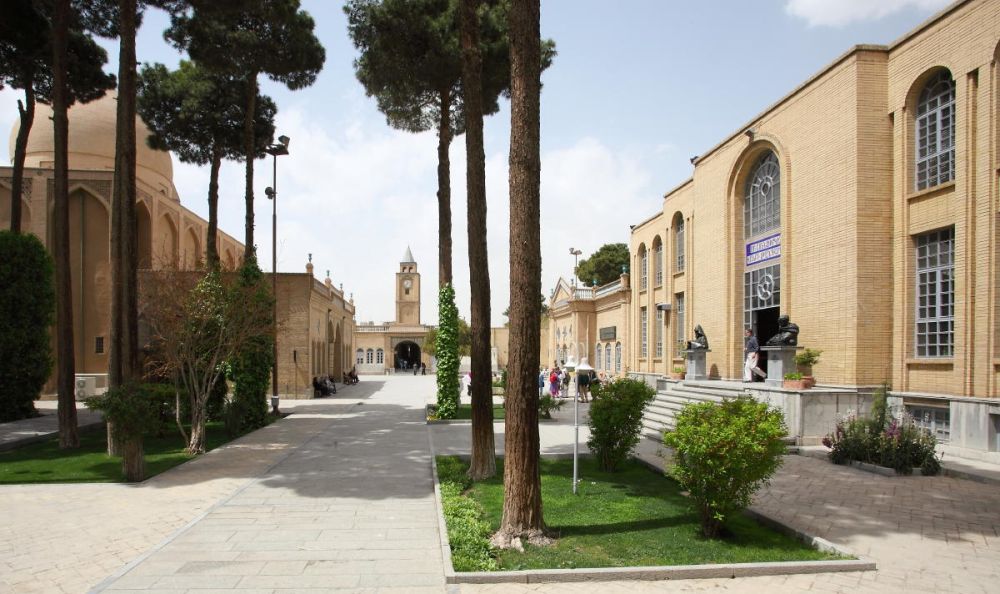

Isfahan, often referred to as Nesf-e Jahan, meaning "Half of the World," is a city renowned for its architectural splendor and cultural heritage. Within this historic metropolis lies the Jolfa district - the Armenian Quarter - which has stood as a testament to the cultural and religious diversity of Isfahan for centuries.
In the early 17th century, Shah Abbas I of Persia moved thousands of Armenians from the town of Jolfa in Nakhichevan to Isfahan. The purpose behind this resettlement was not only to help develop the silk trade but also to allow Armenians to enjoy religious freedom. The Armenians, known for their artisan skills and trade acumen, played a pivotal role in enhancing the economy and culture of Isfahan. Over time, they established their own neighborhood, which came to be known as New Jolfa.
The district flourished as a center of Armenian life and culture. The Armenian Apostolic Church was central to community life, and they built several churches, the most famous among them being the Vank Cathedral. Constructed from 1606 onwards, the cathedral impresses with its magnificent frescoes and the blend of Islamic and Armenian architecture, making it a focal point for tourists interested in religious art and history.
Tourism in Jolfa has evolved over the years, considering its rich history and heritage. Initially, the area was known primarily to academics and those with a keen interest in Armenian culture. However, as global interest in Iran's history and culture grew, so did the reputation of Jolfa as a must-visit locale within Isfahan.
The area's quaint cobblestone streets, array of cafes, and boutique shops add to the charm of the district, inviting tourists from all over the world. The fusion of Armenian culture with Persian influences offers a unique experience for visitors, evident in the food, architecture, and local art.
In recent times, there has been an emphasis on cultural tourism in Iran, with Jolfa standing out as a destination for those wanting to immerse themselves in a blend of Armenian and Iranian culture. Visitors to Jolfa are keen to explore the historical churches, the Armenian Cemetery with its memorable headstones, and the rich tapestry of Armenian history within the Iranian context.
Another trend that has picked up is the cafe culture of Jolfa. The district is known for its European-style cafes that not only serve as a retreat for tourists and locals alike but are also spaces for cultural exchange and artistic expression, often hosting a variety of artistic and musical events.
Jolfa is an integral part of Isfahan's tourism tapestry, offering a distinct and authentic experience that reflects the historical coexistence of Armenian and Persian cultures. Tourism in Jolfa, enriched by its historical significance and continued cultural vibrancy, remains a shining example of Iran's diverse heritage and the breadth of experiences that travelers can enjoy in this ancient land.